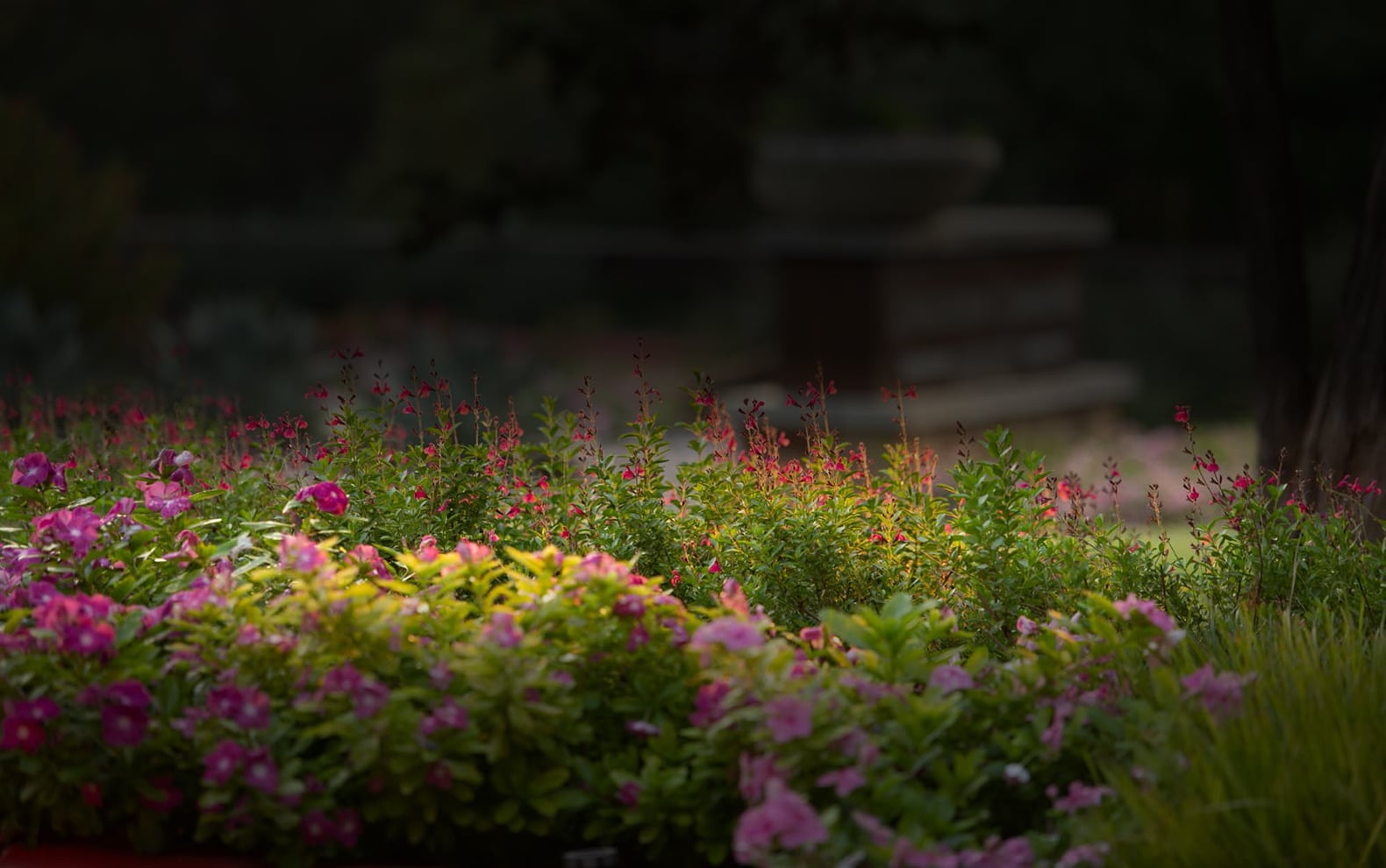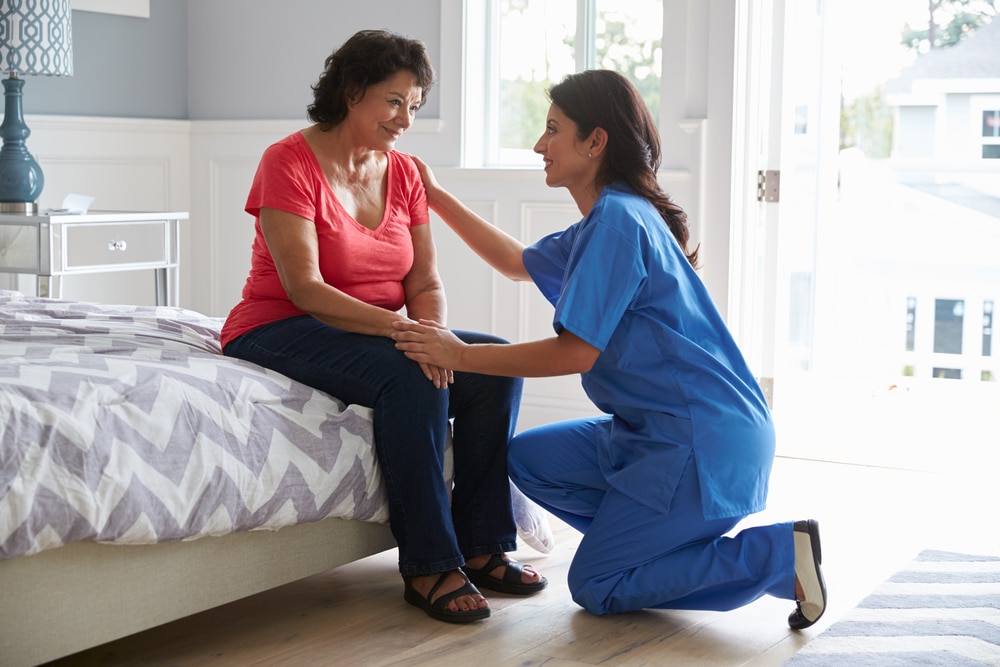
What to Expect Before, During and After a Stroke

You’ve heard of heart attacks, but how much do you know about strokes? A stroke is a brain attack that happens when loss of blood flow deprives brain cells of the oxygen and nutrients they need. These cells start to die within minutes. This can cause lasting brain damage, long-term disability, or even death. Anyone can have a stroke at any age, but nearly three-quarters of all strokes occur in seniors — people over age 65. Recovery from stroke and a return to normal life are possible, even for strokes in the elderly, but a quick response is vitally important.
Our community is an option before or after a stroke. At Longhorn Village, a senior living community in Austin, TX., there is an on-site Health Center with compassionate, and exceptional care. Our life care community has everyday assisted living, rehabilitation, skilled nursing, & memory care. We encourage independence and preserve dignity with a person-centered approach that meets physical, emotional, intellectual, social, and spiritual needs.
This article will help you recognize the signs of stroke, understand what’s happening in the body and what to expect afterward.
First, some facts from the Centers for Disease Control and Prevention (CDC)
- Every year, more than 795,000 people in the United States have a stroke — that’s one every 40 seconds. Every 4 minutes, someone dies of a stroke.
- About 610,000 of these are first or new strokes.
- About 185,000 strokes — nearly 1 in 4 — are in people who have had a previous stroke.
- About 87% of all strokes are ischemic strokes, in which blood flow to the brain is blocked.
- Stroke is a leading cause of serious long-term disability. Stroke reduces mobility in more than half of stroke survivors age 65 and over.
What are the risk factors for stroke?
Certain factors increase the chance of having a stroke, like smoking and drinking, high blood pressure, high cholesterol, and bad eating habits. Other risks include heart disease, diabetes, a high red blood cell count, an abnormal heart rhythm, and cardiac structural abnormalities. To a degree, these risk factors can be changed, treated or medically managed. Still other risks cannot be changed: race, gender, genetics and simply growing older. For each decade of life after age 55, the chance of having a stroke more than doubles. The good news? Up to 80% of strokes may be prevented simply by leading a healthy lifestyle.
Three types of stroke
The most common form of stroke is called an ischemic stroke. It occurs when blood vessels become blocked by a clot or are too narrow for blood to get through. Due to the reduced blood flow, brain cells in the area die from lack of oxygen. Hemorrhagic strokes occur when a blood vessel bursts and blood leaks into the brain, causing damage. A related condition, called transient ischemic attack (TIA), has the same symptoms as a stroke, but only lasts a few hours or a day, and doesn’t cause permanent brain damage. A TIA isn’t a stroke, but it is an important warning signal. Someone who’s had a TIA needs treatment to help prevent an actual stroke in the future.
Signs of having a stroke
During a stroke, the key signs happen suddenly, and every minute counts. Knowing the signs and symptoms of stroke and taking quick action can lessen brain damage and even save a life. If you or someone else shows any of these symptoms, call 911 immediately.
- Sudden numbness or weakness in the face, arm, or leg, especially on one side of the body
- Sudden confusion, trouble speaking, or difficulty understanding speech
- Sudden trouble seeing in one or both eyes
- Sudden trouble walking, dizziness, loss of balance, or lack of coordination
- Sudden severe headache with no known cause
What happens at the time of stroke?
There’s quite a range of physical and emotional symptoms that can occur during and immediately after suffering a stroke. Numbness and odd sensations can make it difficult for a person to relax and feel comfortable, and they may experience excessive fatigue.
Weakness or paralysis on one side of the body. Depending on which side of the brain has been deprived of oxygen, the opposite side of the body, or just the arm or leg, will be affected. If the stroke injures the left side of the brain, for example, weakness or paralysis will be on the right side of the body.
Loss of balance or coordination. These issues can complicate sitting, standing, or walking, even if the muscles are strong enough to do so.
Language difficulties. A stroke victim with aphasia may have trouble understanding speech or writing. The inverse — someone with dysarthria — may be able to understand spoken and written words, but is unable to formulate words of their own.
Cognitive problems. A person recovering from a stroke can have trouble with such mental activities as memory, thinking, attention, or learning.
Trouble swallowing. Known as dysphasia, this is a serious sign that can make it difficult to ingest food. Caregivers must prevent the person from breathing in food (aspiration) while trying to swallow.
Problems with bowel or bladder control. During recovery from stroke, a person may need to use a portable urinal, bedpan, and other toileting device.
Sudden bursts of emotion. Abrupt laughing, crying, or anger in stroke patients is usually a signal the person needs additional help, understanding and support.
Depression. This is common in people who’ve had strokes. It can begin soon after the event or weeks later. Observant family members are typically first to notice this sign and seek aid.
How to help stroke recovery
Surviving stroke is possible. People can and do go on to lead successful, enjoyable lives. The journey may be a bit more challenging for stroke recovery in the elderly. Here are some tips that address some of the more challenging aspects of stroke recovery in seniors.
Exercise and mobility. Start small with walking and stretching. Be consistent. Make it a habit.
Communication and language. At first, if necessary, use pen and paper. Write down key words. Draw pictures or diagrams. Point to photos, objects, maps and calendars. Use gestures or pantomime. Don’t rush, relax and be natural. Be patient.
Social interaction. Gradually, you can reclaim your social life. Ask for what you need. Friends and family want to help. Seek out a stroke recovery support group. Take part in social events and try to engage.
Thinking and memory. After a stroke, it can be difficult to think clearly and understand what people say. There may be difficulty learning new information or skills. Stroke also affects perception. There may be decreased awareness of one side of the body. Keep activities and information as simple as possible. Practice repeating what you hear. Establish a structured routine. Be consistent. Use a notebook, daytimer or calendar to help you remember things.
Support. It’s common to feel anxious and experience changes in mood. Support of family, friends and other stroke survivors really helps in stroke recovery. A support group will let you interact with other stroke survivors who can relate firsthand.
Healthy lifestyle. Making the right choices will improve the chance of recovery and reduce the risk of another stroke. Reduce cholesterol. Lose weight. Be active. Limit caffeine intake. Quit smoking. Cut down consumption of alcohol. Do what you can to reduce your level of stress.
Navigation. Find the right services, resources and support to improve your independence in daily living. There are key organizations and professionals — such as your family doctor — who can help. Start by thinking about what you want to achieve, and then write it down. Then talk to your doctor, your therapist, your family. A senior living community that offers assisted living services like Longhorn Village can also help you to take the best route to stroke recovery.
Choosing the right setting for stroke recovery
One of the most important benefits of assisted living for stroke survivors is its safe environment. Family members will know their loved one is eating well, enjoying a clean living space with the physical and emotional support they need. Longhorn Village is a nonprofit Life Plan Community in Steiner Ranch, a master-planned community in the scenic Texas Hill Country near Lake Travis. We offer Austinites, and residents who come from all over the country, a unique brand of luxurious Independent Living and a full continuum of healthcare services that includes assisted living, memory care, rehabilitation care and skilled nursing. If you or a loved one is working to recover from a stroke in the right living environment, or is simply seeking long-term security and peace of mind, please contact us through our website or call 512-382-4680.
